Eastern Redbud
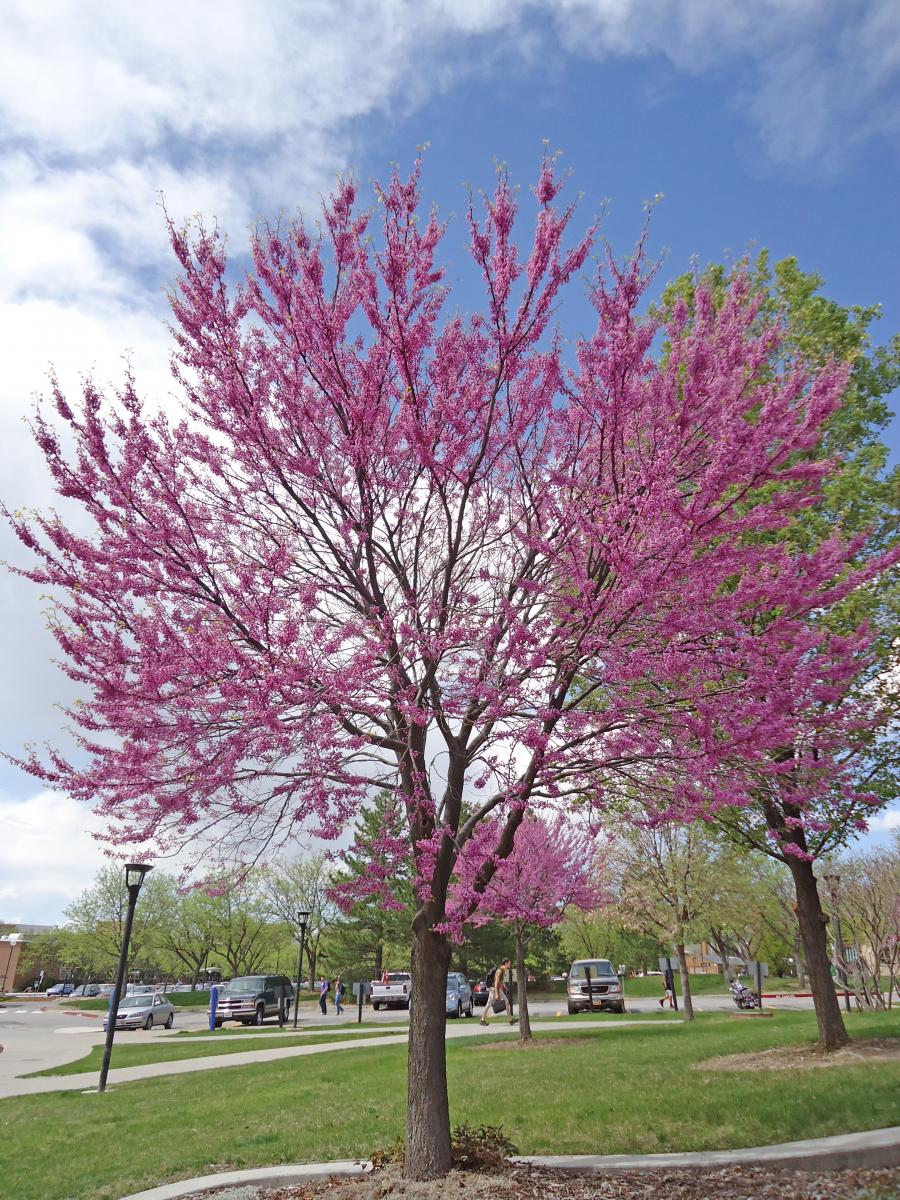
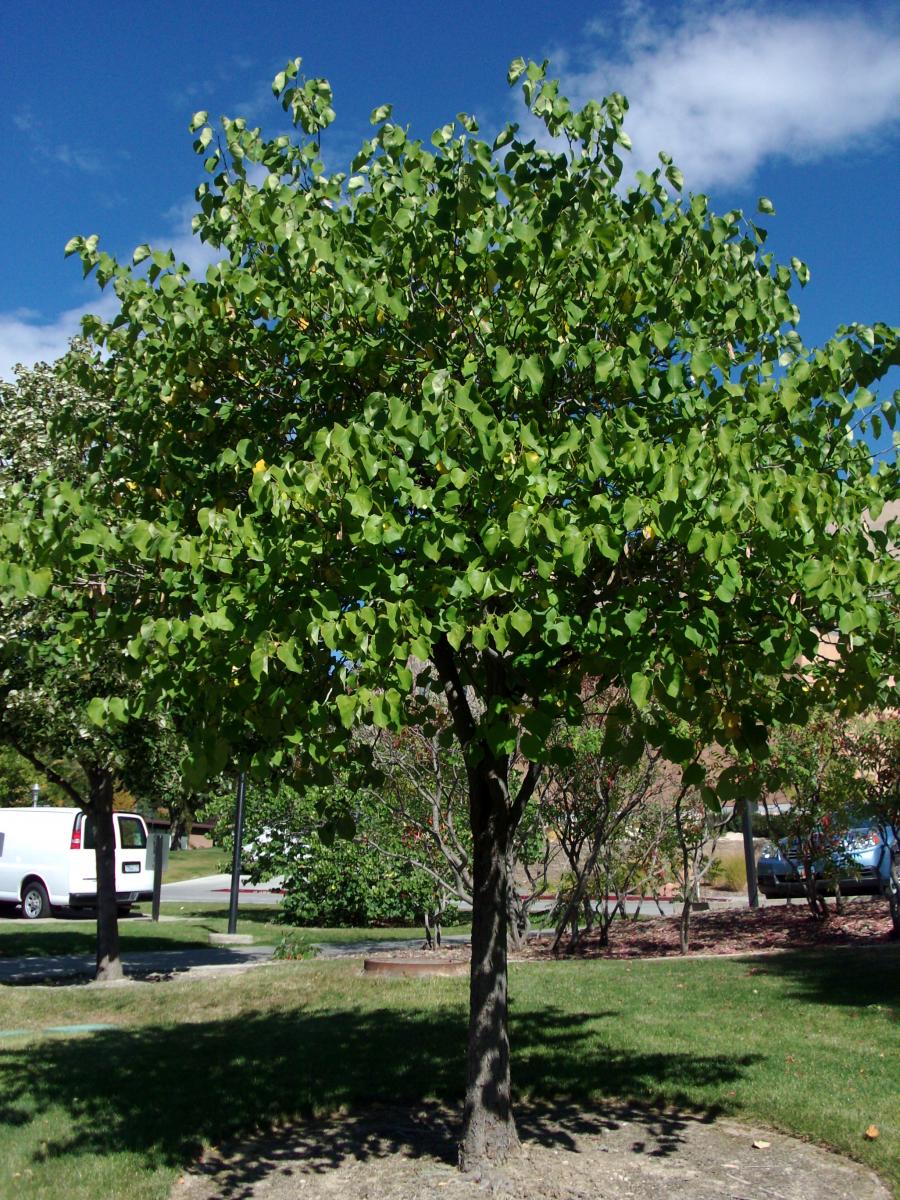

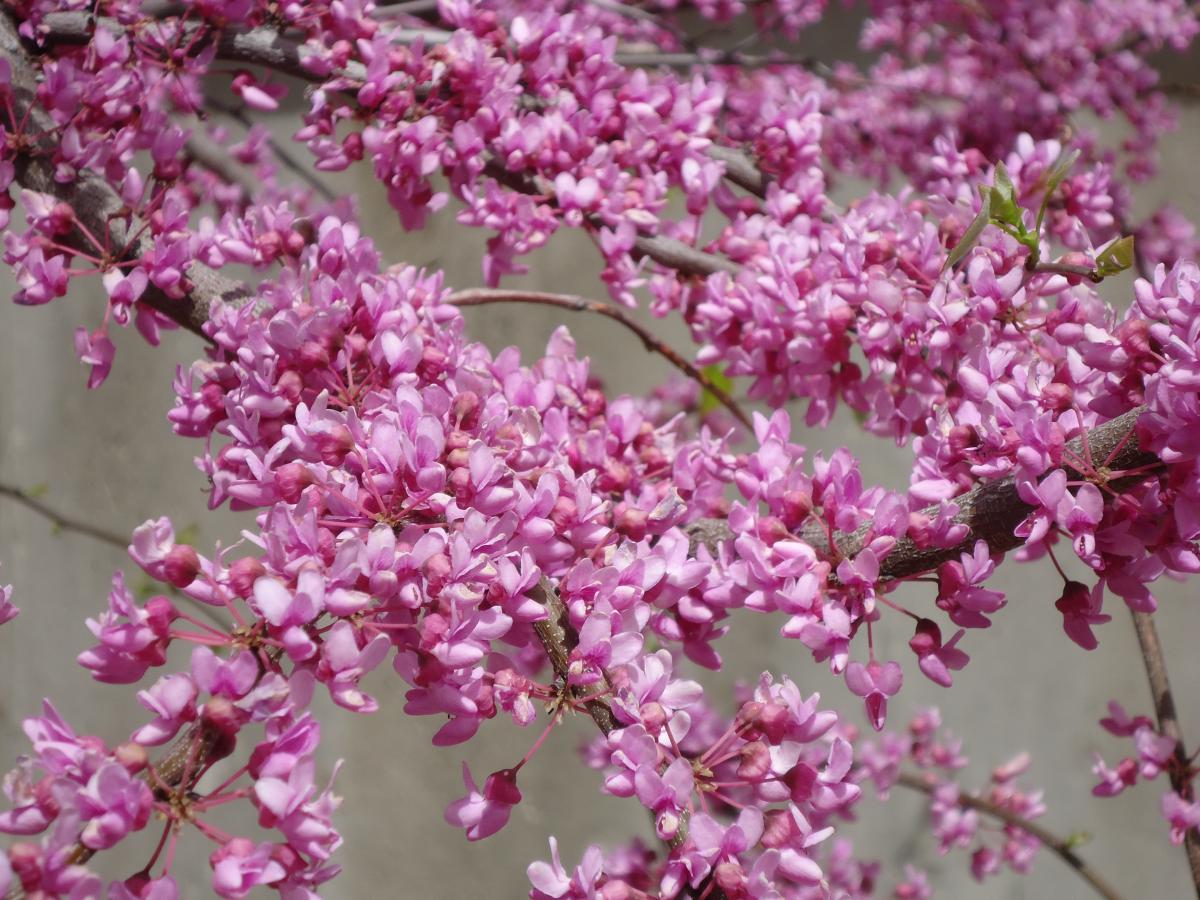
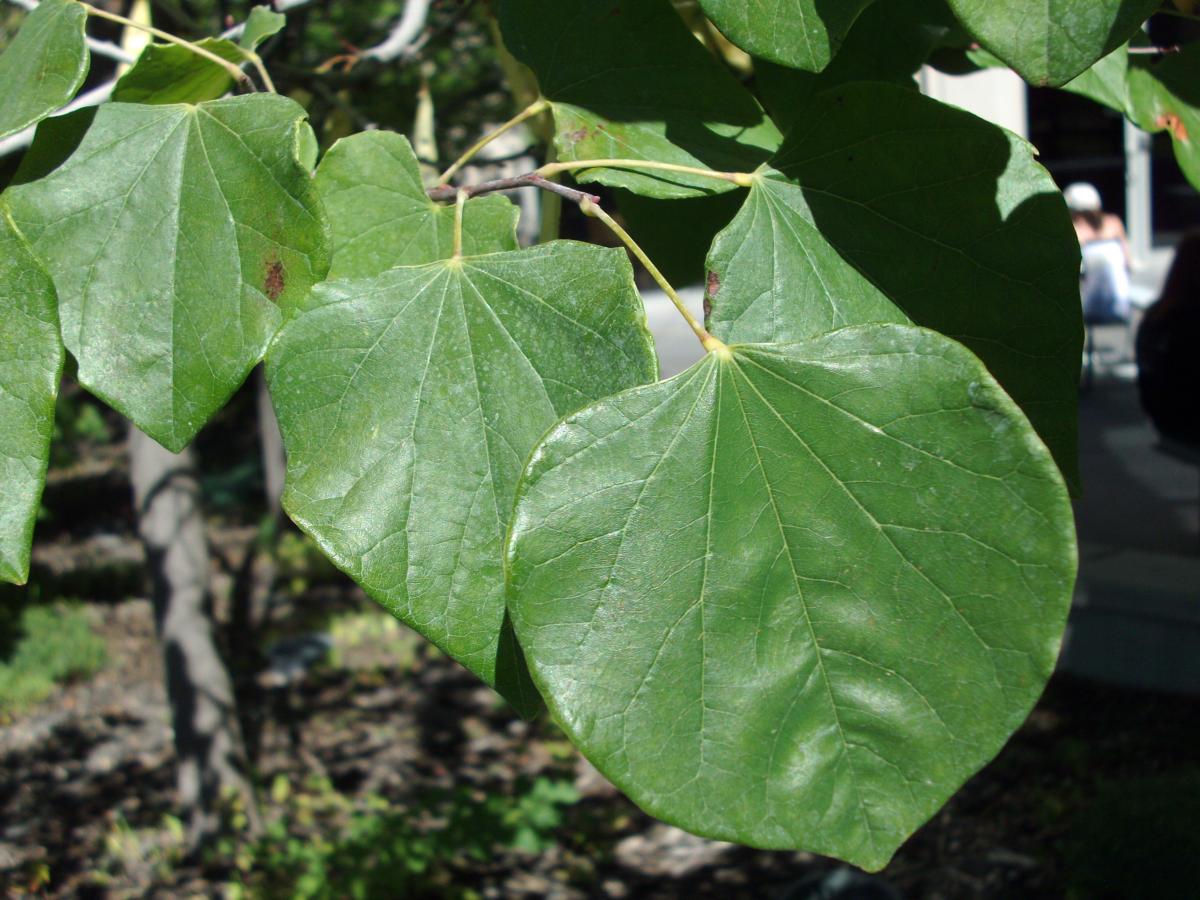

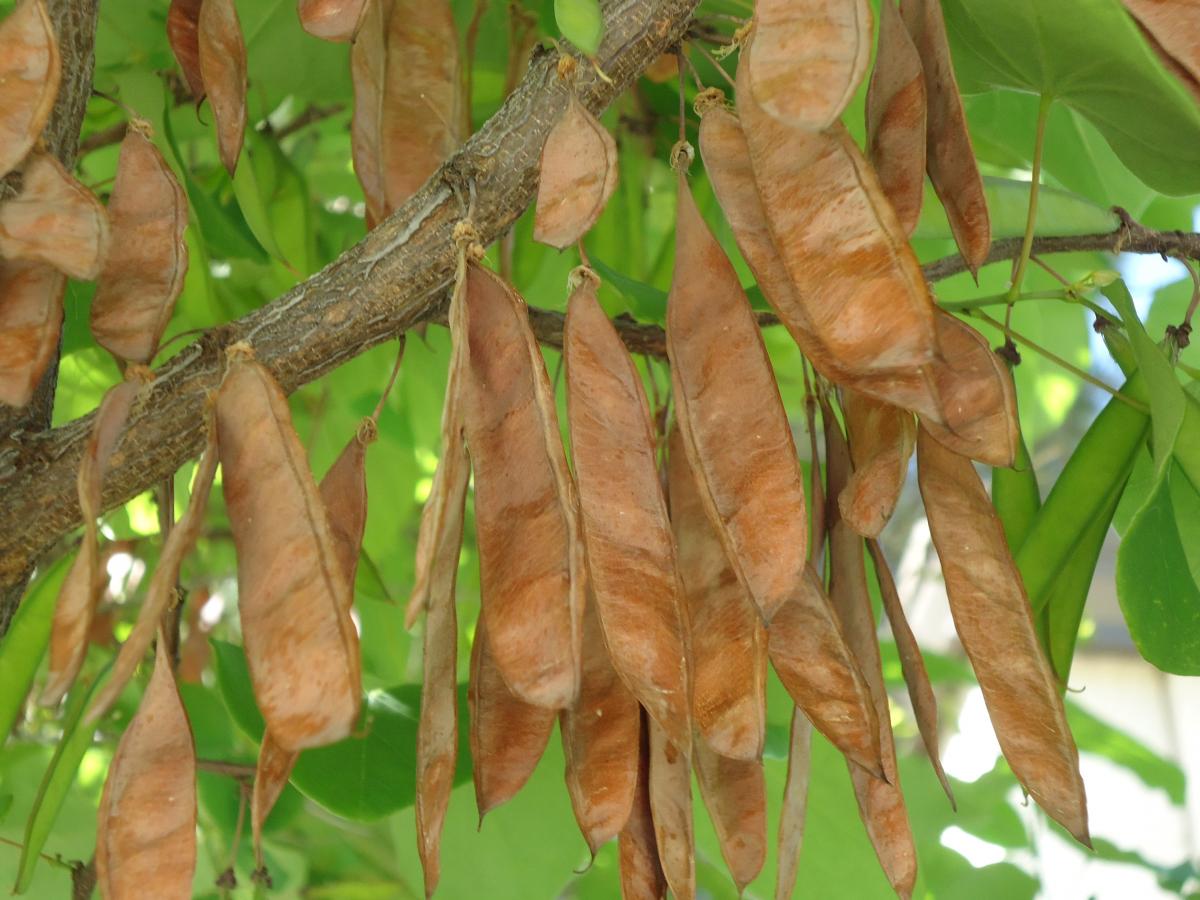

Cercis canadensis
Leaves: Deciduous. Heart-shaped leaves are 3 to 5 inches long and about the same width or wider. Leaf edges are smooth and come to a point at the tip. Young leaves emerge a deep purple and turn deep green in summer. Fall color is bright yellow.
Bark/Twigs: Gray to cinnamon colored bark. Thin, becoming scaly on older wood.
Flowers/Fruit: Pink to rosy pink with purple tinged pea-like flowers, ½ inch long. Some varieties have white blossoms. Blooms appear in clusters early spring (late March to April) before leaves emerge and last for 2 to 3 weeks. Fruit is a flattened legume 2 to 4 inch long and ½ inch wide. Brown seed pods remain on branches through much of the winter after leaf drop.
Mature size and shape: Small to medium tree. 20 to 30 feet x 25 to 35 feet wide. Trunk divides into branches low on the tree. Branches spread to make a fairly small, flat-topped or rounded tree.
General information/special features: Excellent tree for planting in shade. Full to partial shade is best as it grows naturally as an understory tree in native forests. Works well on the north or east sides of buildings. Does adapt to full sun. Moist, well-drained soil preferred. Adaptable to most soils as long as they are not constantly wet. Needs regular watering. In some parts of Appalachia, the tree is known as spicewood because early settlers used green twigs and bark to season wild game. Flowers are used in salads or as an edible garnish.
Landscape use and maintenance: Beautiful flowering tree used as a single specimen tree or in groupings. Good in natural, woodland settings. Average growing rate. Average maintenance.
USDA Hardiness Zone: 4 to 9
Family/Origin: Fabaceae – Legume. Native to most of the eastern U.S.
Campus Use: Common. Can be found northeast of Erying Chemistry (Bld 85) or south of Aline Wilmot Skaggs Biology Building (Bld 82).
